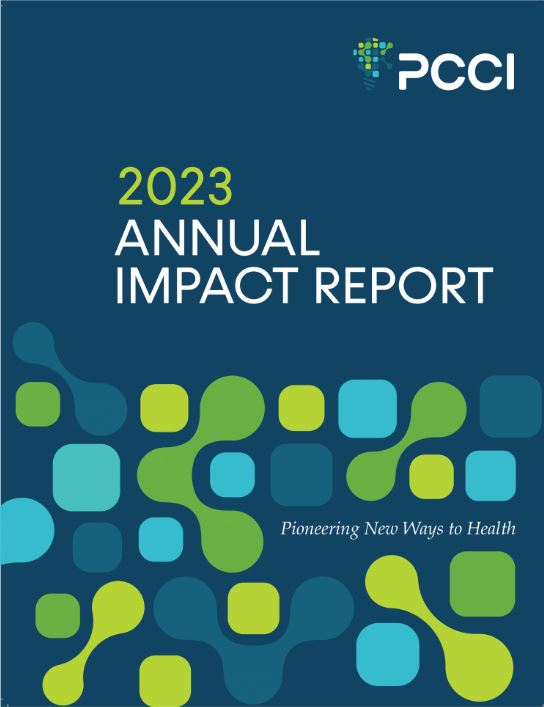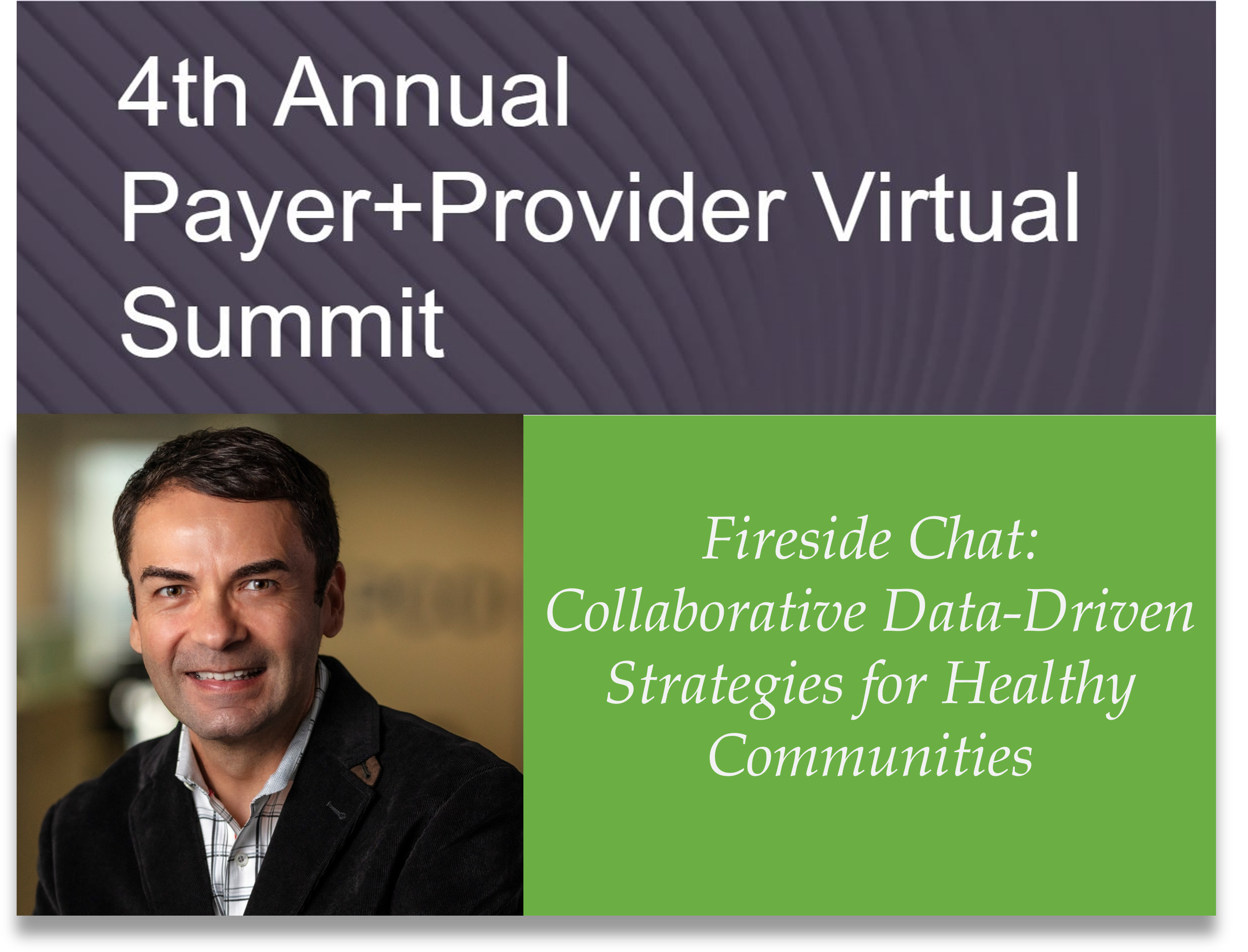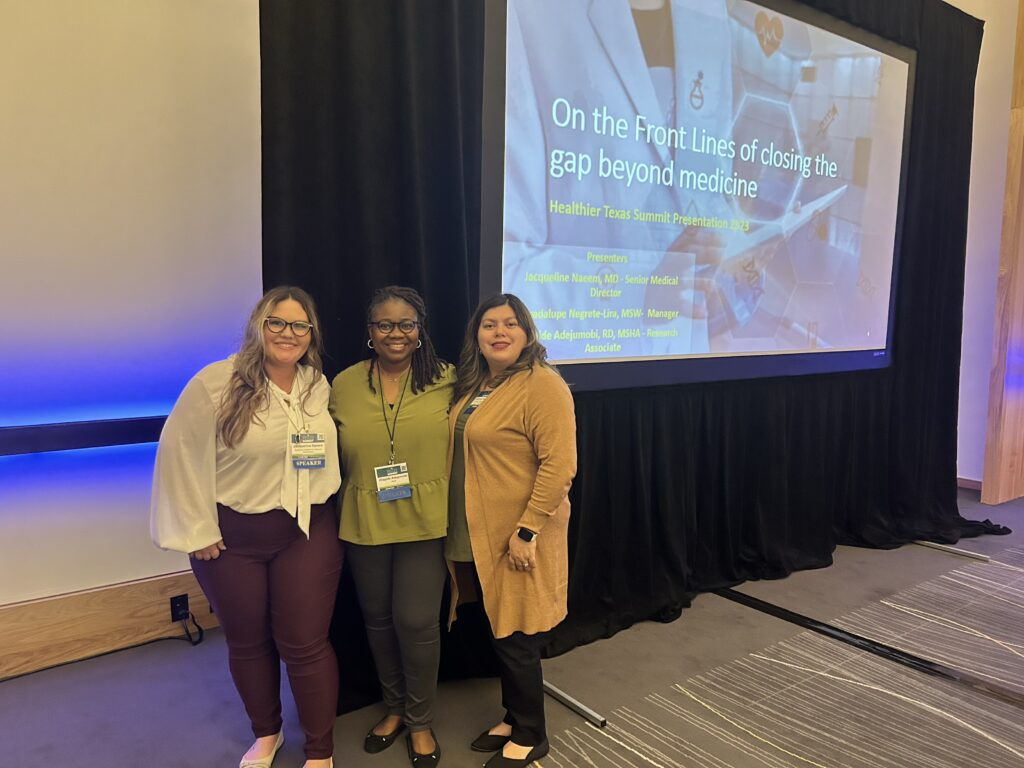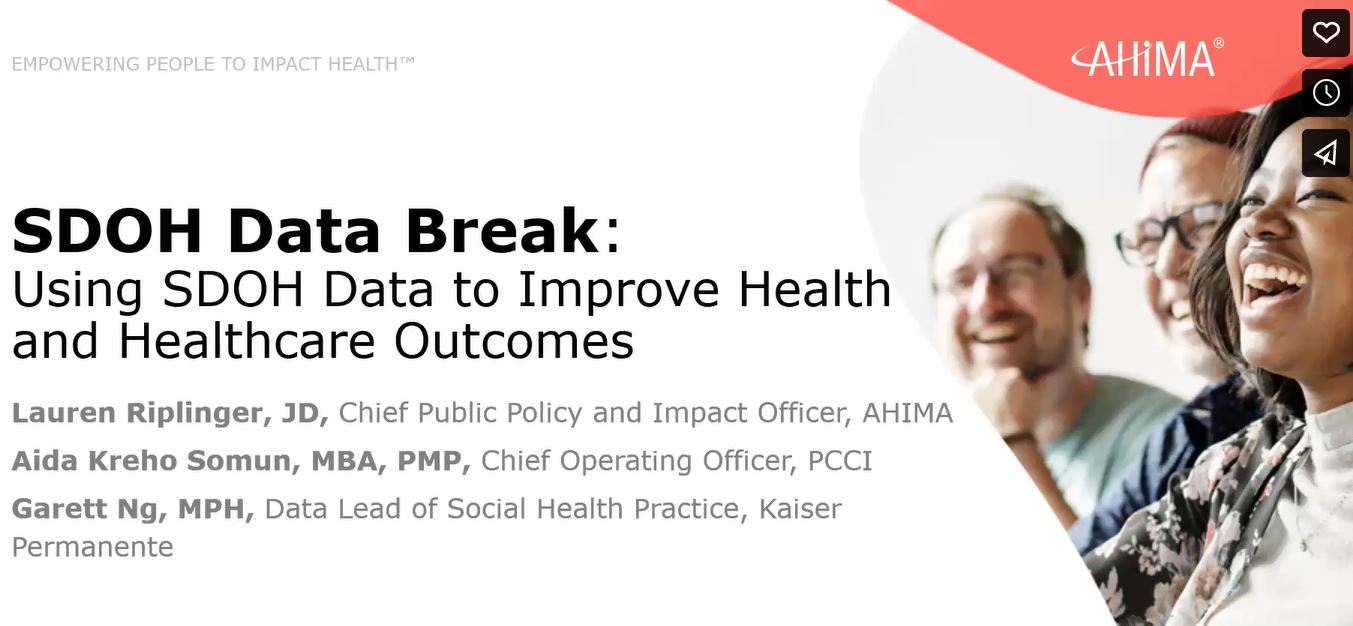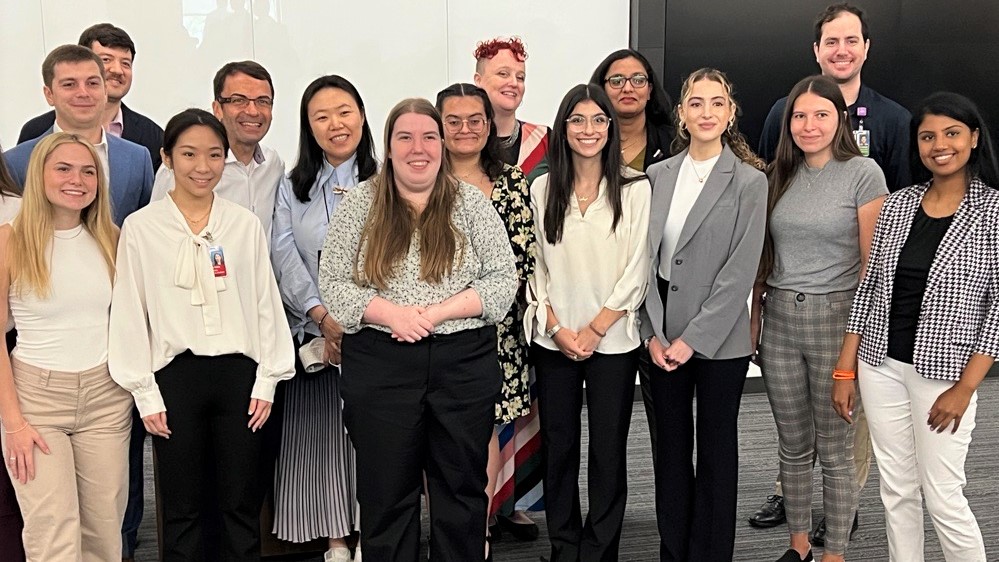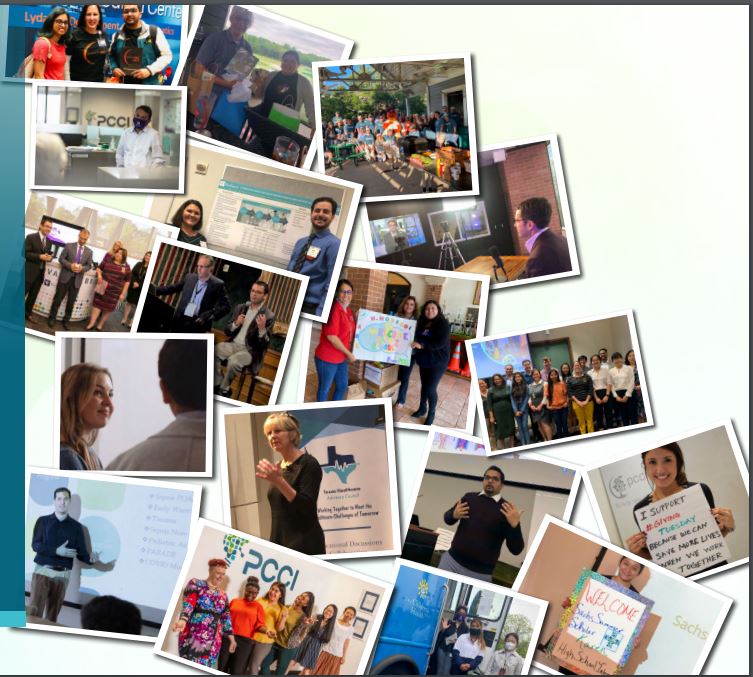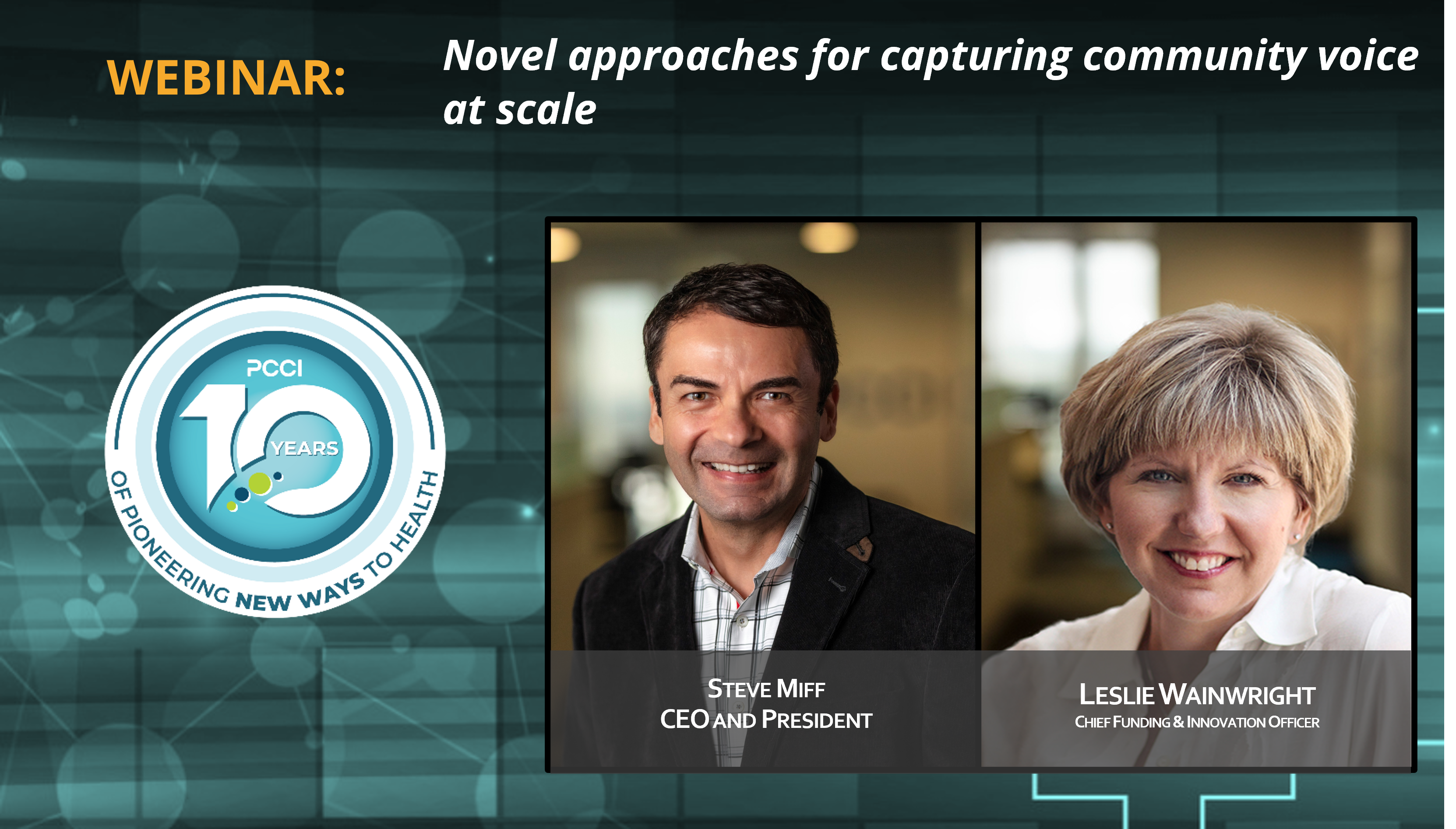PCCI Releases New Annual Impact Report Covering Highlights from 2023
Today PCCI has released its 2023 Annual Impact Report, demonstrating its value to the communities and individuals it serves.
To view and download the PCCI 2023 Annual Impact Report, click HERE.
The report offers insights into a few of the most impactful PCCI’s innovative programs, such as the launch of the Community Vulnerability Compass; our efforts to reduce the harm caused by pediatric asthma with the creation of the Pediatric Asthma Surveillance System; our innovative creation of AI/ML models to support trauma patients; and the work around the state to increase equity and access to healthcare through its Connected Communities of Care initiatives.
“Last year we saw PCCI evolve to support programs statewide with impactful innovations and collaborations that benefit residents in Dallas, Houston, Austin and San Antonio,” said PCCI CEO, Steve Miff, PhD. “We also joined leading national organizations via the Health AI Partnership to co-create and drive the ethical and meaningful applications of AI in clinical care and continue to be fully committed to helping revolutionize the way healthcare is delivered through the use of advanced data in clinical and community settings. This report gives you a peek into the broad swath of innovative work that PCCI does in support of our mission.”
About PCCI
PCCI started as a department within Parkland Health and was spun out as an independent, not-for-profit organization in 2012 to not only serve the needs of Parkland, but to also pursue additional transformative initiatives that could have a broader impact. PCCI remains tightly connected to Parkland Health, the Parkland Foundation and the Parkland Community Health Plan. Our collaborative work focuses on the needs of vulnerable populations across North Texas and beyond.

